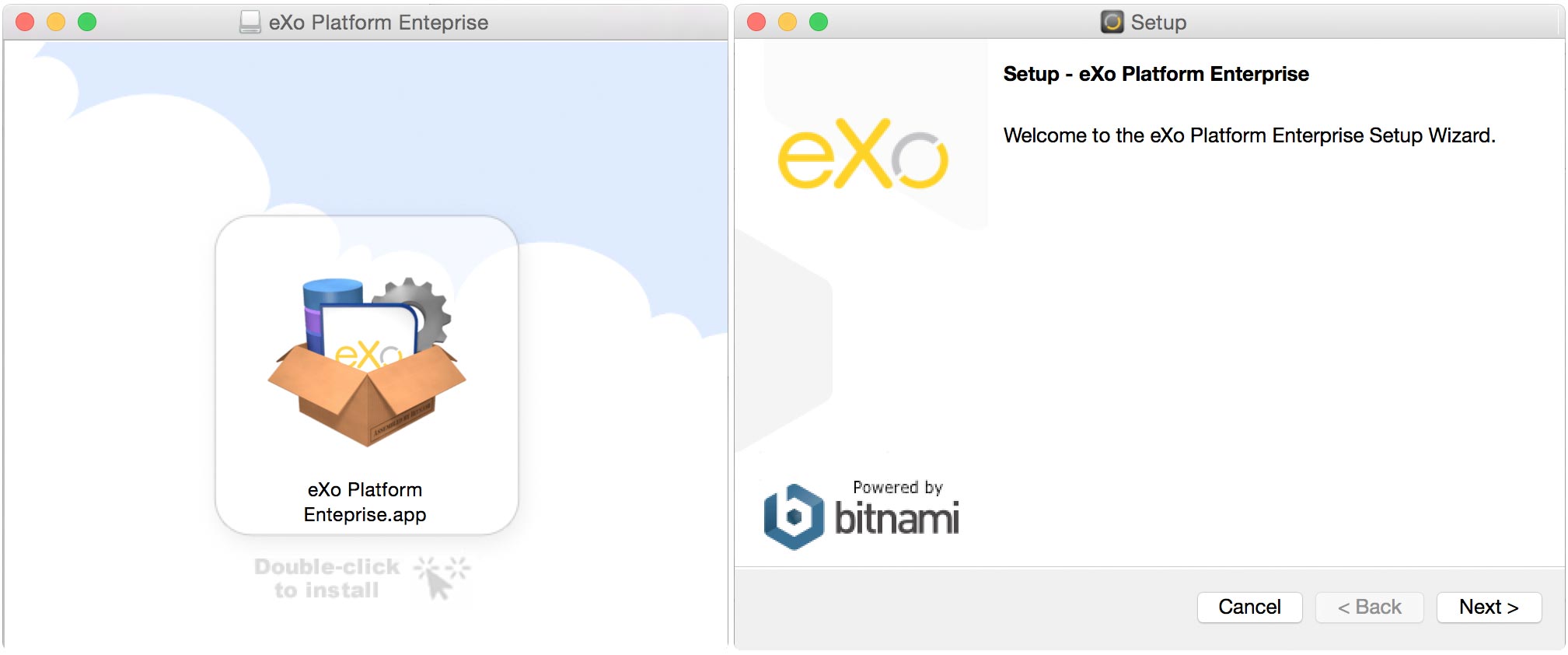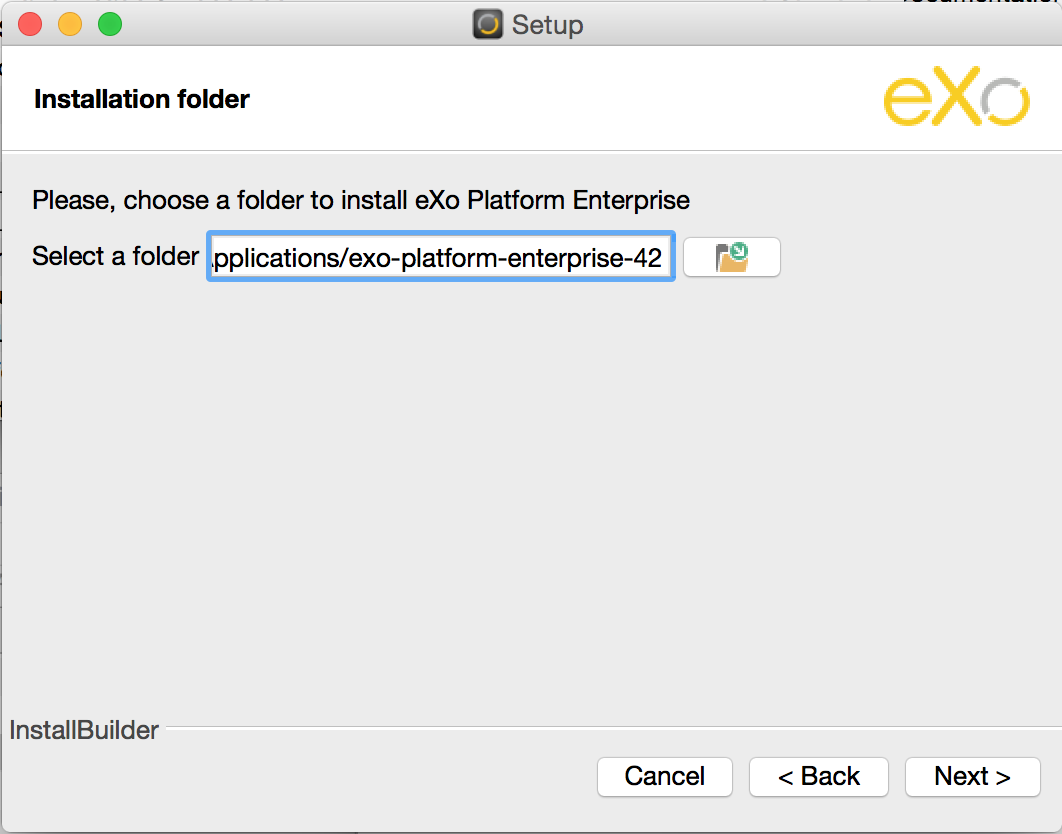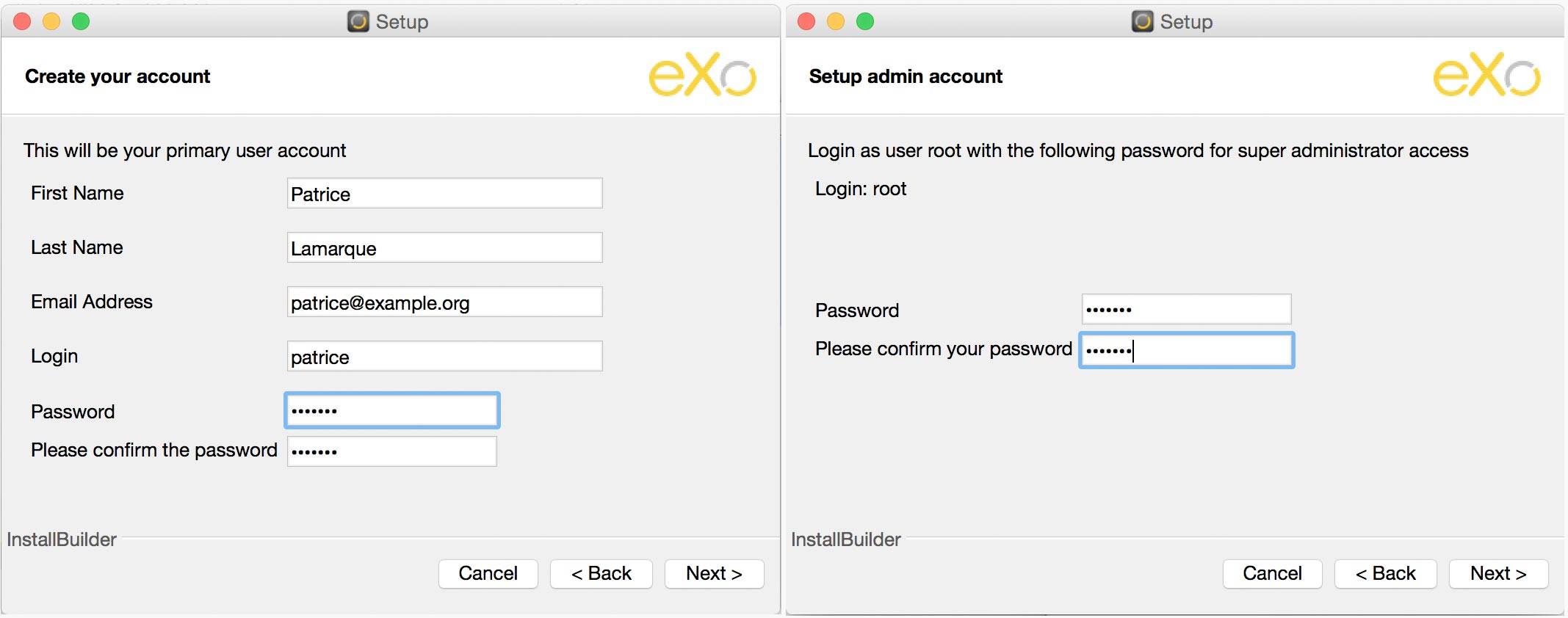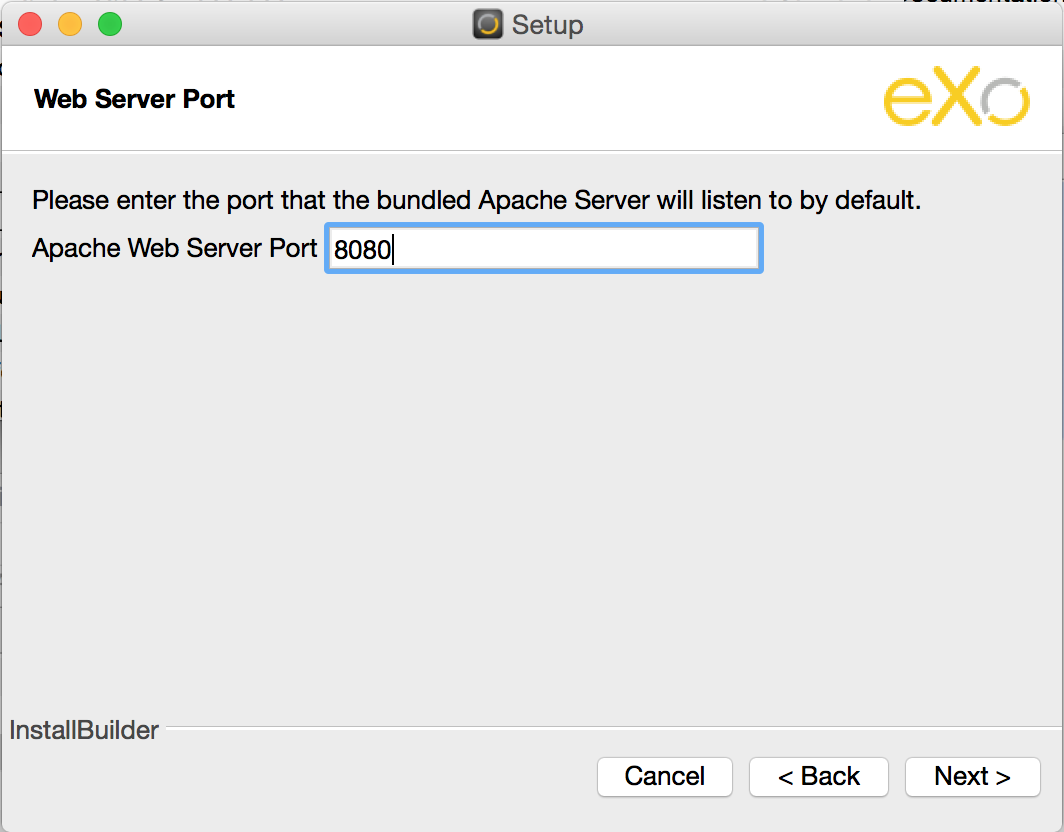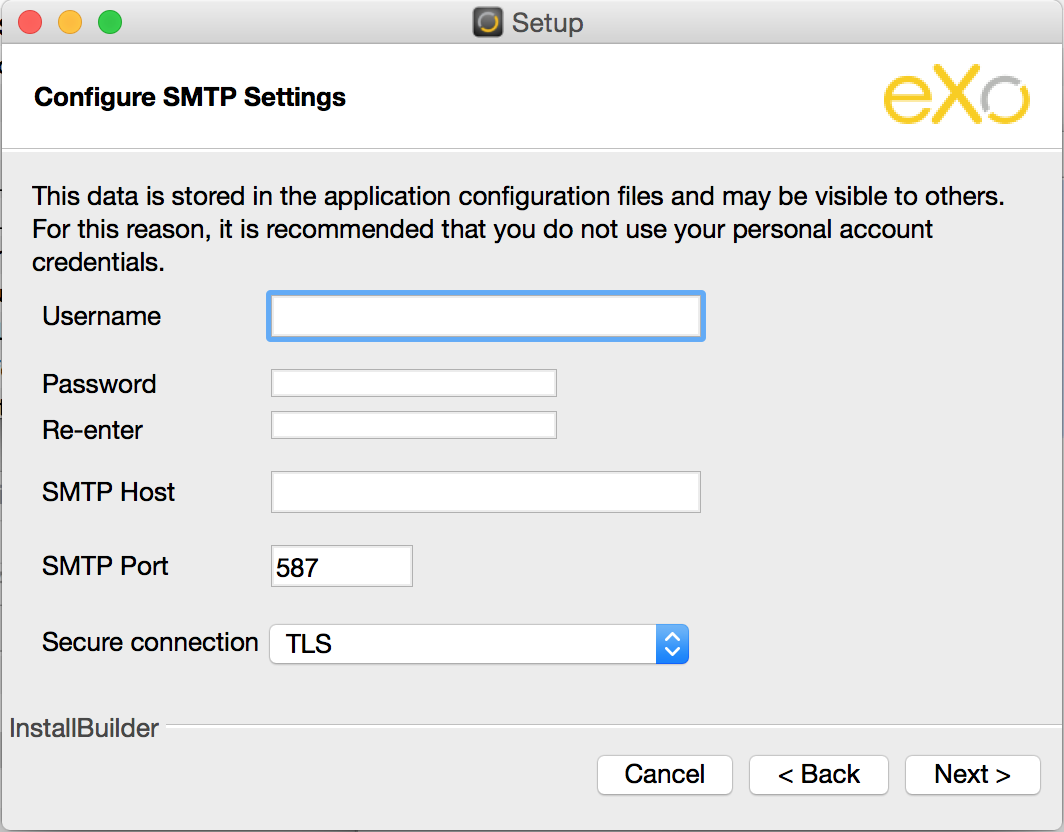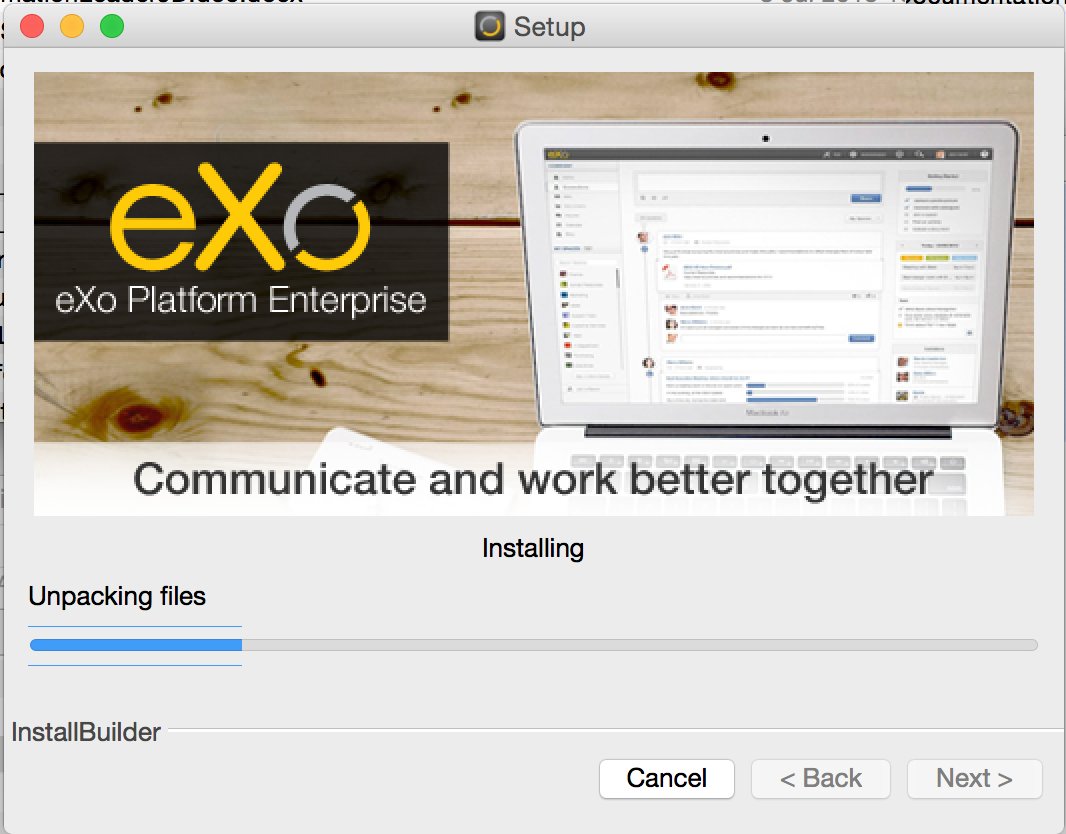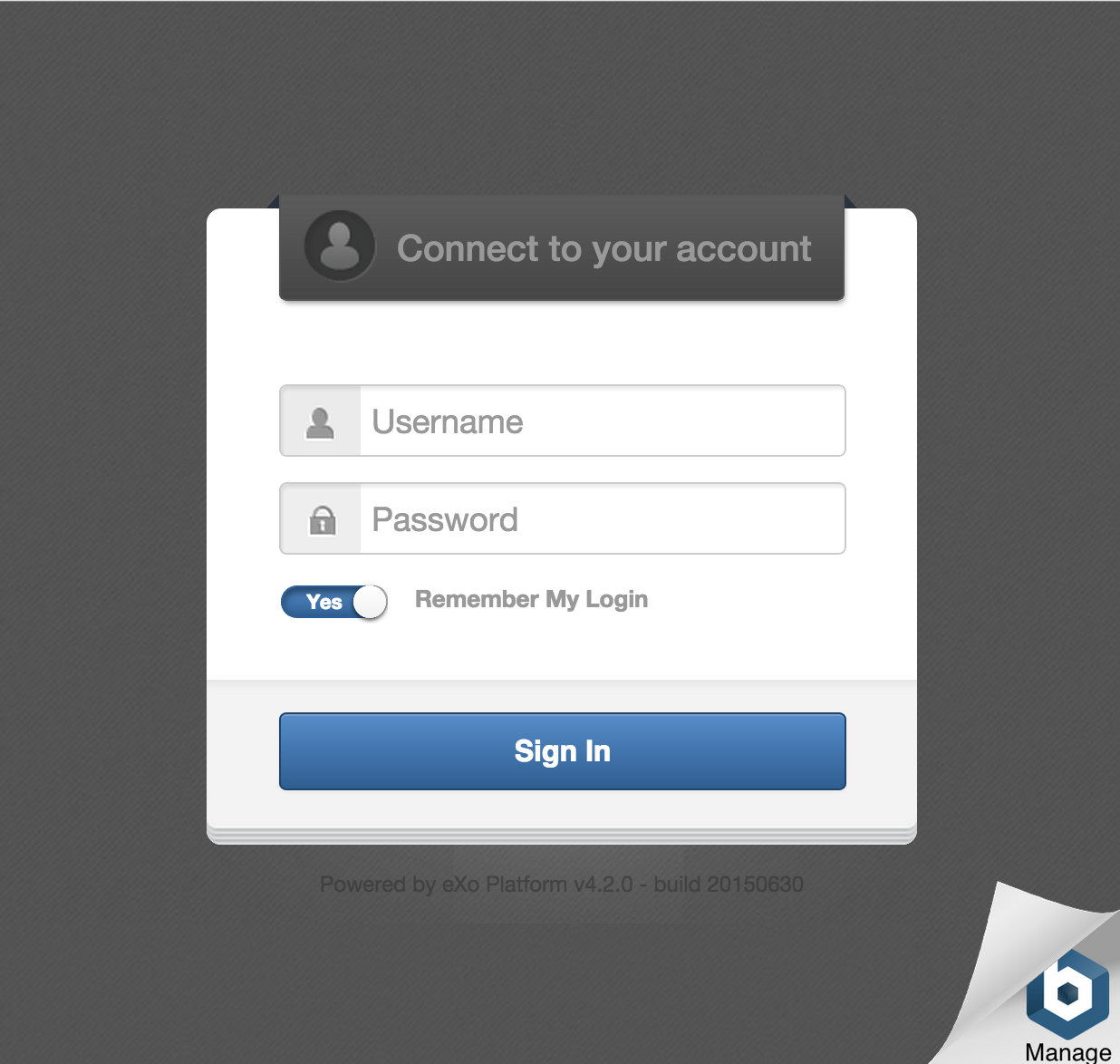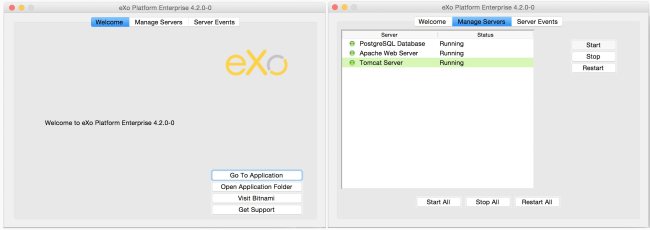Native Installers for eXo Platform Enterprise
At eXo, we constantly review how we can fix problems that might keep you from having a pleasant user experience. For many users, these problems start when they download a zip file and have to deal with cryptic installation instructions.
We wanted to make it easier to install eXo. Today, along with the Platform 4.2 release, we are introducing native installers for Windows, Mac, and Linux.
We partnered with Bitnami to bring you the simplest way to install the eXo Platform on your computer. The new download is bigger, but it packages a web server, the database, the JVM, and the eXo Platform together, enabling it to install and run smoothly on your computer in less than five minutes.
So let’s take a look at how you can install the eXo Platform.
Install Wizard
Once you download the installation package, you can double-click to start the installation wizard.
Next, choose where you want to install the eXo Platform.
Then it’s time to set up your user account and admin password.
If the wizard determines that you already have network services running, it will let you define the network ports to use for components such as the web server, database and app server.
Finally, the setup wizard will ask for your email settings so your eXo Platform can send email.
If you don’t have all of this information, no problem. The wizard allows you to bypass this screen or use your Gmail settings instead.
The last step is my favorite. This is where you grab a cup of coffee, relax, and watch the wizard work.
While you sip your drink, the wizard goes through the crazy process of installing Java, Apache, Tomcat, PostgreSQL, and (finally) the eXo Platform. Then, it configures Apache to talk to Tomcat, Tomcat to talk to PostgreSQL, and eXo to talk to your mail server. It then creates your user accounts.
Without the wizard, performing all these steps would be up to you, and you would have to fight through a jungle of configuration files with obscure syntaxes. Take another sip while you think about how lucky you are.
Once the installation is finished, the wizard will prompt you to launch eXo Platform Enterprise.
Accept the agreement and you can log in with the username and password you chose before.
Manager App
The installer also includes a manager app that lets you start and stop the web, exo, and database servers.
It also gives you a shortcut to the application folder and the eXo site.
Fully Supported for Basic Subscriptions
We are so happy with the improvements these installers bring that we have decided to make them the default packages when you download an eXo Enterprise trial.
Behind the setup wizard and the application manager sits a regular instance of the eXo Platform.
Therefore, once you have activated an eXo Platform Enterprise Basic subscription, you will receive additional valuable services and benefits, such as technical support and a maintenance program.
Now there’s no excuse for not trying eXo. If you can click, you can do it!
Make the most out of eXo Platform 4
Register to the next weekly live demo session and get a complete overview of what you can do with eXo Platform 4. Reserve your seat now!

